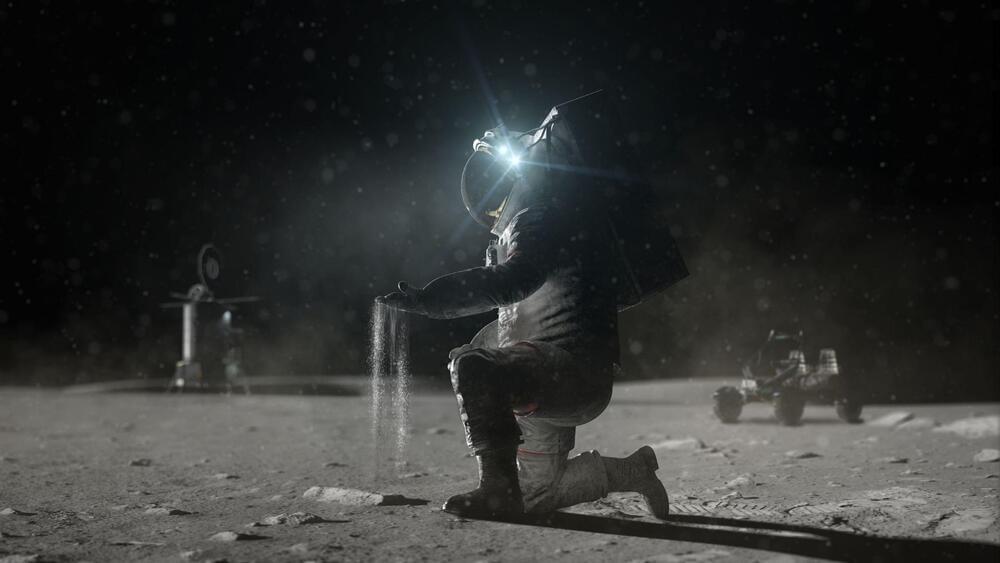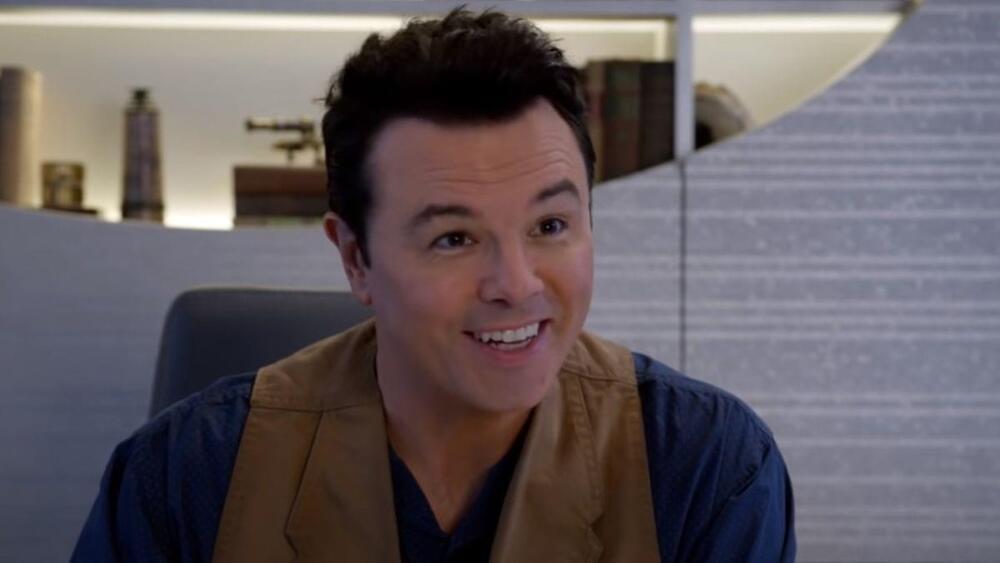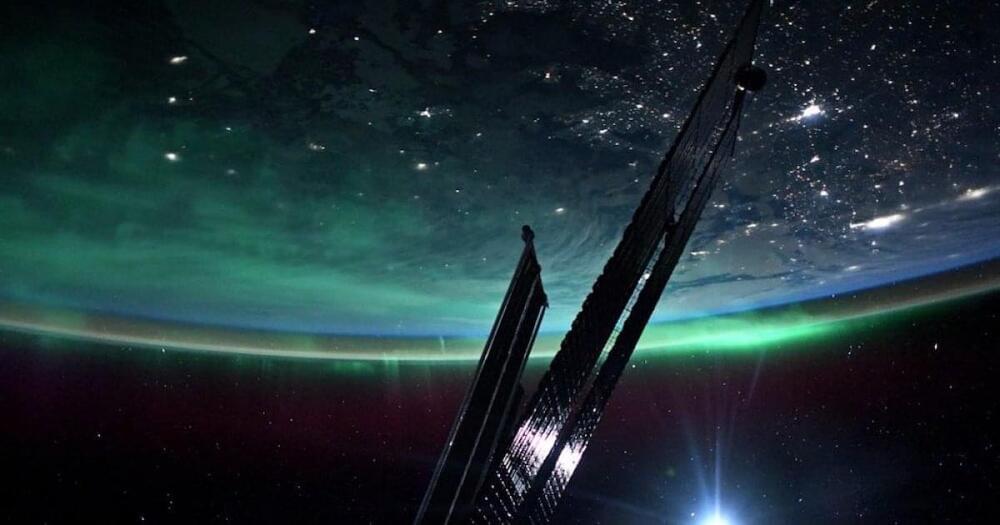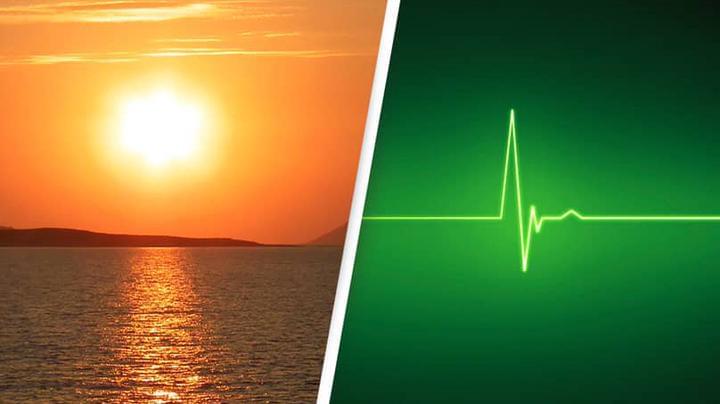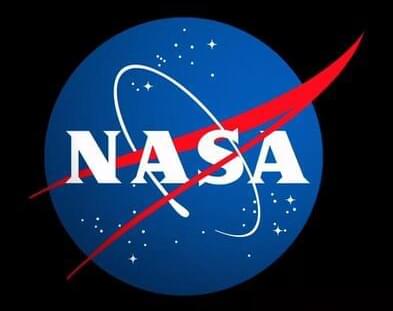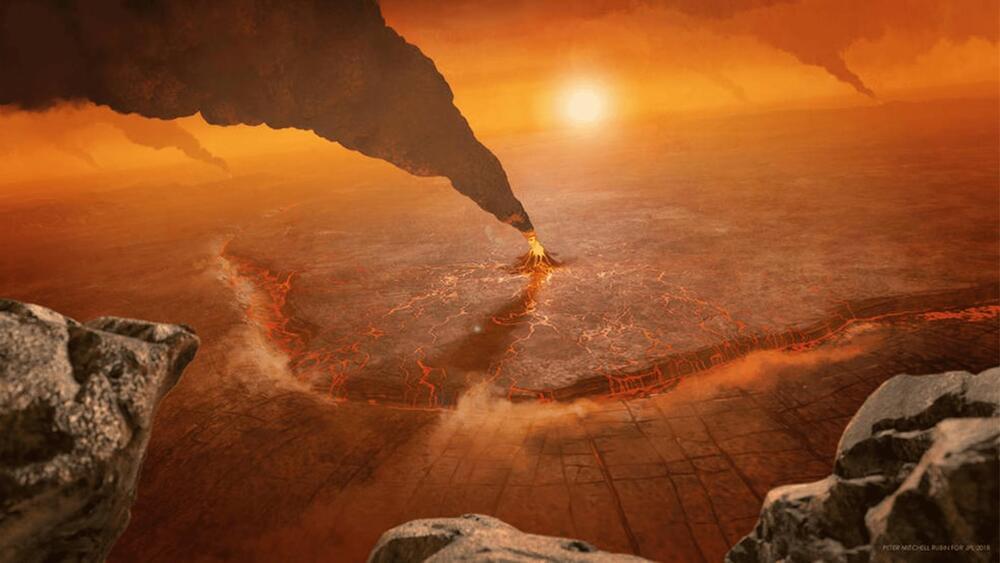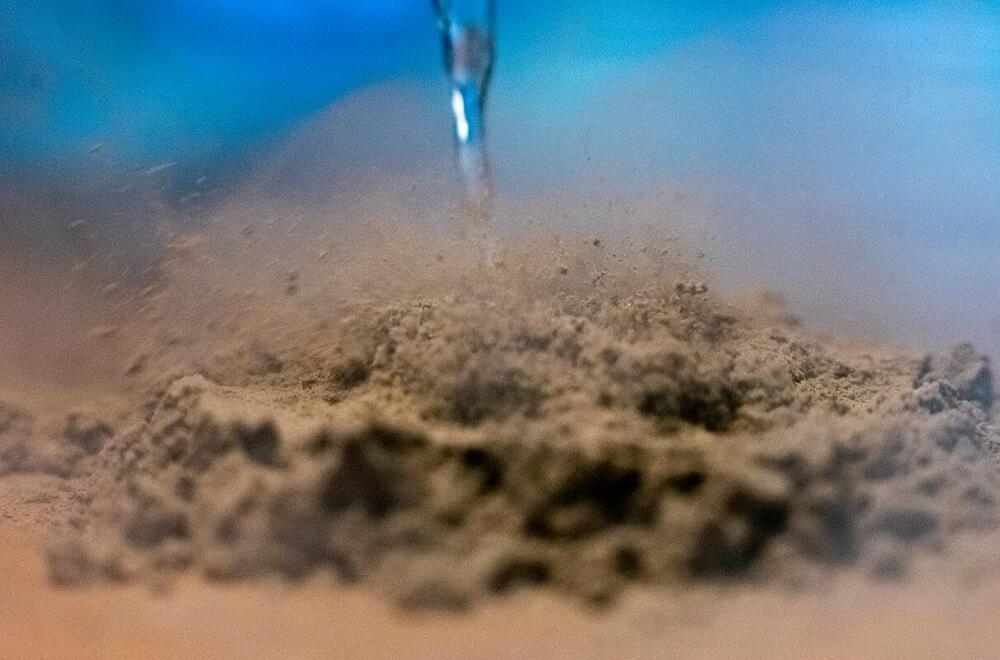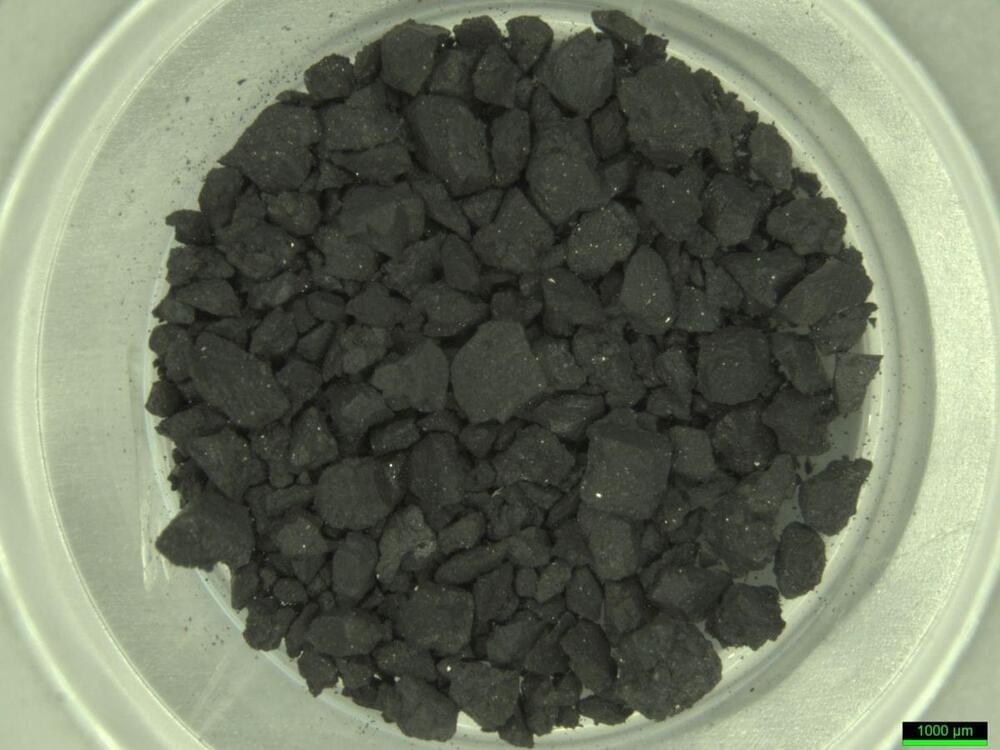Mar 1, 2023
New liquid nitrogen spray could help NASA solve its lunar dust problem
Posted by Gemechu Taye in categories: health, particle physics, space
The novel method could form a crucial part of NASA’s plans to establish a permanent human presence on the moon.
You may not know that lunar dust poses a real problem to NASA as it aims to establish a permanent crew presence on the moon with its upcoming Artemis missions.
Continue reading “New liquid nitrogen spray could help NASA solve its lunar dust problem” »
